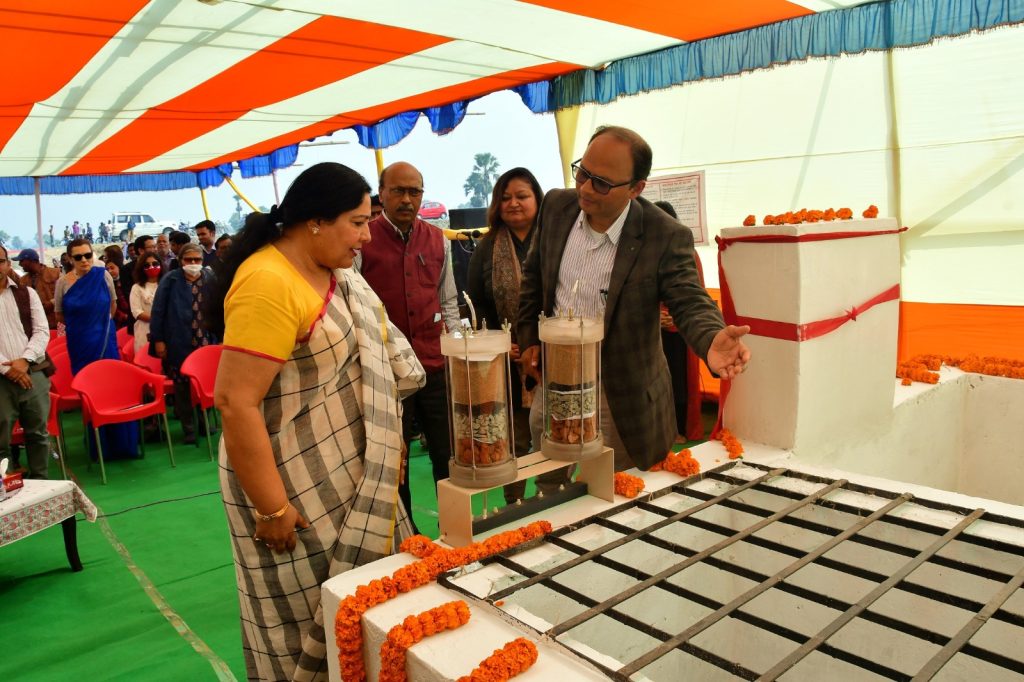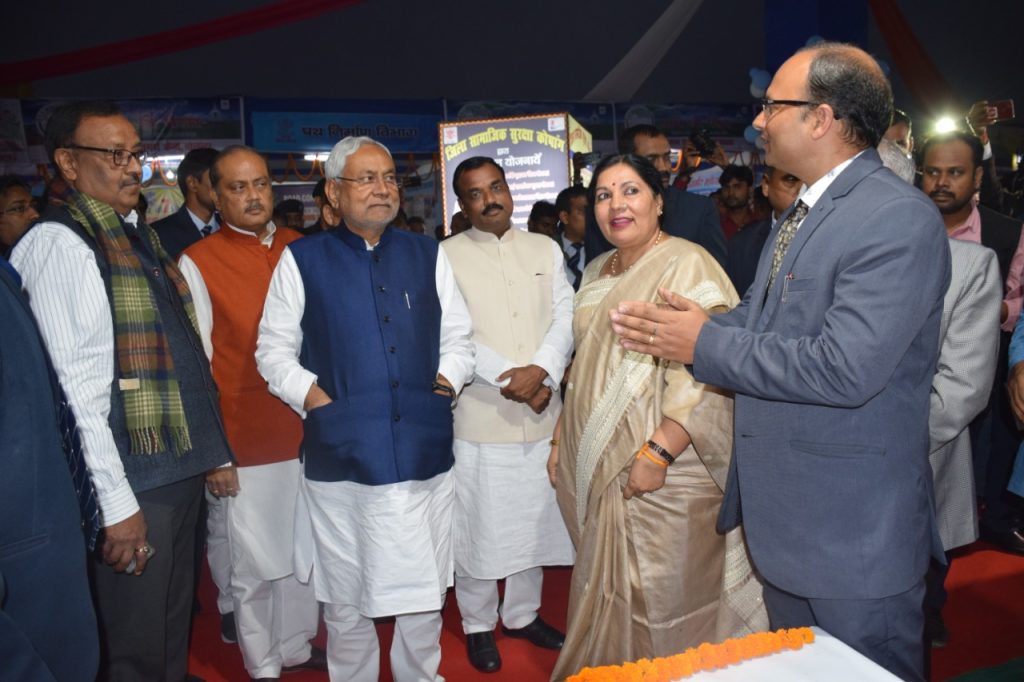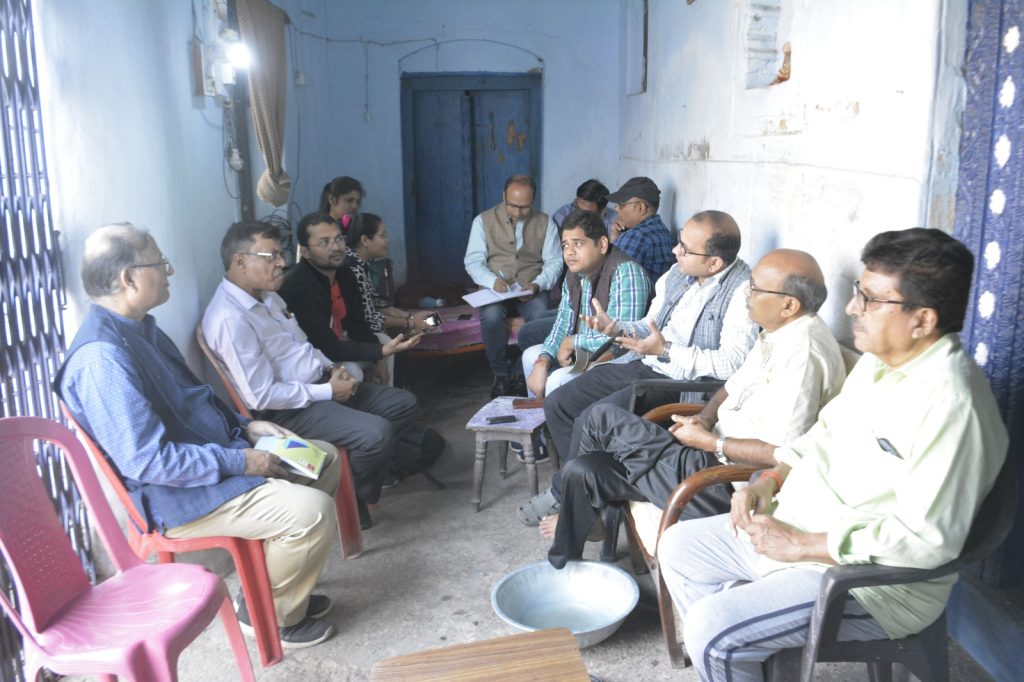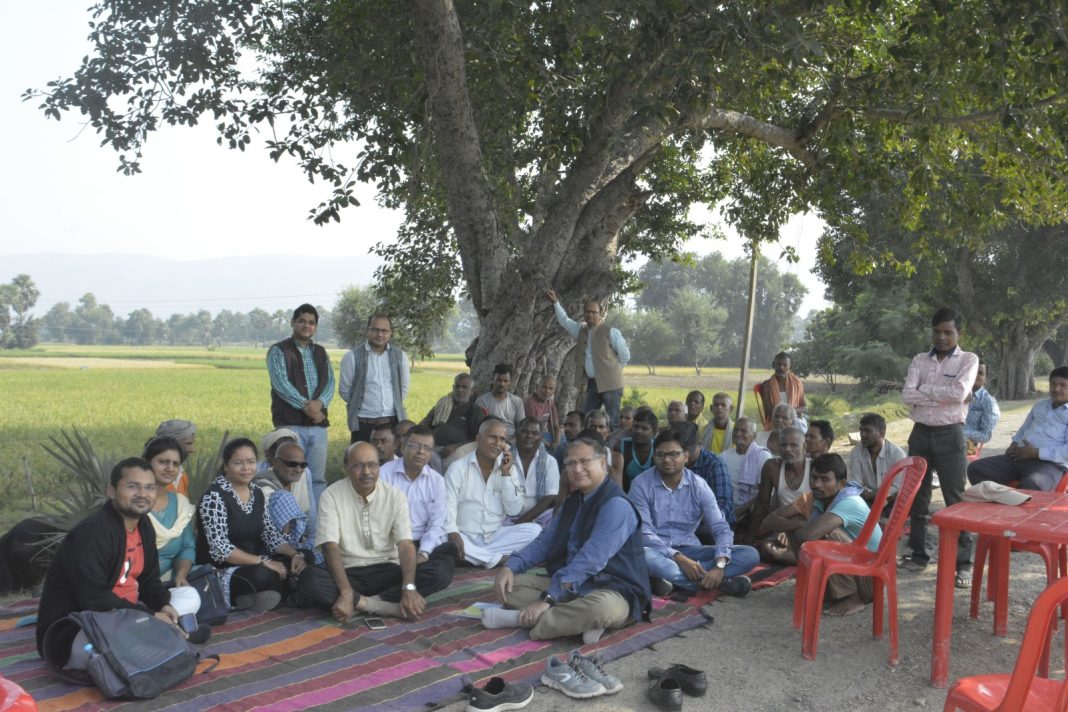Guwahati, July 7: A recent study by Nagaland University has highlighted that the long-term success of Aquifer Storage and Recovery (ASR) initiatives depends heavily on active participation by the local farming community. The research underscores that while ASR offers technical benefits for managing groundwater, its real-world effectiveness hinges on social engagement, financial support, and community-led governance.

The study, led by Prof. Prabhakar Sharma of the Department of Agricultural Engineering and Technology at Nagaland University, examined a pilot ASR initiative in South Bihar. The project, supported by the Australian Centre for International Agricultural Research, demonstrated positive outcomes such as improved irrigation reliability, extended groundwater availability, and increased agricultural productivity.

However, these benefits were significantly greater in villages where farmers were directly involved in maintaining recharge pits and managing water resources collectively.

In Meyar village of Nalanda district, farmers showed strong ownership of ASR infrastructure, conducting regular maintenance and sharing the benefits. In contrast, in nearby Nekpur, limited participation led to neglect and eventual disuse of the recharge structures. The study noted that despite the relatively low cost of ASR pits—around USD 400—many farmers were reluctant to invest without external financial support.

The research team, which included experts from the University of Vigo (Spain), Kyoto University (Japan), TERI (New Delhi), and Som-Vrddhi Consulting (Gujarat), emphasized that ASR should not be viewed solely as a technological solution. Instead, it must be implemented as a socially inclusive process that addresses economic disparities, encourages peer-led management, and adapts to local conditions.
Prof. Sharma stated that past studies often focused on technical feasibility and hydrogeology, whereas this research prioritized the institutional and policy dimensions needed for sustainable water management. Co-author Dr. Aviram Sharma of the University of Vigo added that state-level scaling of ASR projects is possible, but only if future initiatives include long-term monitoring, localized adaptation, and financial mechanisms that support farmer participation.

India remains one of the world’s largest users of groundwater for irrigation, and pressure on water resources continues to grow due to climate change and erratic rainfall. ASR has been promoted as a viable method to combat groundwater depletion, but its adoption remains limited. The study argues that for ASR to become a widespread and lasting solution, it must be supported by community trust, government collaboration, and social-science-driven approaches.

The findings suggest that ASR could play a transformative role in rural water management, particularly in hilly and water-scarce regions like Nagaland and other parts of Northeast India. But the key to its success, the researchers concluded, lies not just beneath the ground—but in the hands of the farmers above it.




